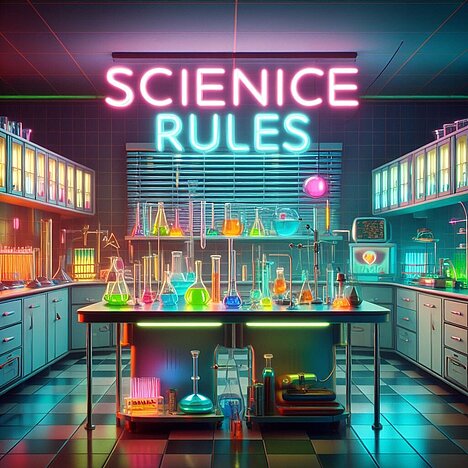Bromoethane

What is bromoethane?
Bromoethane is a halogenated hydrocarbon that is used in the chemical industry as a solvent, in organic synthesis and as a component of fire extinguishing agents. It is a colorless gas that is highly volatile at room temperature and has a sweet odor. Based on its properties and applications, one might assume that bromoethane has no direct relevance to pet care or nutrition, and for good reason.
Risks and dangers of bromoethane for dogs
Toxicity
Bromoethane is toxic to humans and animals. Exposure can occur via inhalation, ingestion or skin contact and can lead to serious health problems. The toxicity of bromoethane can affect the central nervous system and cause symptoms such as dizziness, headaches, loss of consciousness and in severe cases even death.
Damage to the internal organs
Long-term or repeated exposure to bromoethane can damage the liver and kidneys, organs responsible for the detoxification and elimination of harmful substances in the body. Impairment of these organs can lead to a variety of health problems for the dog.
Skin and eye irritation
Bromoethane can also cause irritation to the skin and eyes. In dogs that may be more sensitive to such irritation, this can lead to discomfort and, in some cases, more serious skin conditions.
Risk of chronic exposure
Although accidental exposure to bromoethane in dogs is unlikely, chronic exposure in an industrially contaminated environment or through improper storage of chemical products could lead to long-term health problems.
Conclusion
There are no benefits to exposing dogs to bromoethane. In fact, it is extremely important to keep pets away from any environment or substance that may contain bromoethane. As a responsible pet owner, it is crucial to be aware of the chemicals and substances that are present in your home and around your dog and take appropriate measures to avoid exposure.
Bromoethane poses a significant risk to your dog's health without any benefit to their well-being or nutrition. It is important that pet owners are aware of the potential dangers of chemical substances and take proactive measures to protect their beloved four-legged friends from harm. Your dog's safety and health should always be a top priority, and avoiding toxic substances like bromoethane is an important part of that responsibility.
Properties 4
Are you looking for other ingredients with a specific property?
Just click on them to find more.
If you notice any signs of hypersensitivity or poisoning in your dog, you should see your vet immediately. We are not a substitute for a vet, but we try to be as accurate as possible. Every dog reacts differently and we recommend you get a second opinion or consult your vet if in doubt.
Stay healthy and take good care of your four-legged friend!😊
Similar to Bromoethane
Dichloromethane has several advantages as a solvent, as it can dissolve many organic substances, evaporates quickly and is non-flammable. It is also used to decaffeinate coffee and tea as it can...
Chloroform can be very toxic to dogs if inhaled, swallowed or absorbed through the skin. It can cause severe damage to the liver, kidneys, heart and brain. It can also cause cancer and damage the...
Chloromethane is a colorless, highly flammable gas with a slightly sweet odor that is mainly used in the chemical industry. It is one of the simplest members of the haloalkane family and is produced...
Ethyl chloride, also known as chloroethane, is a colorless gas with a sweet smell. It is produced industrially from ethanol and chlorine and has various applications, for example as a refrigerant,...



